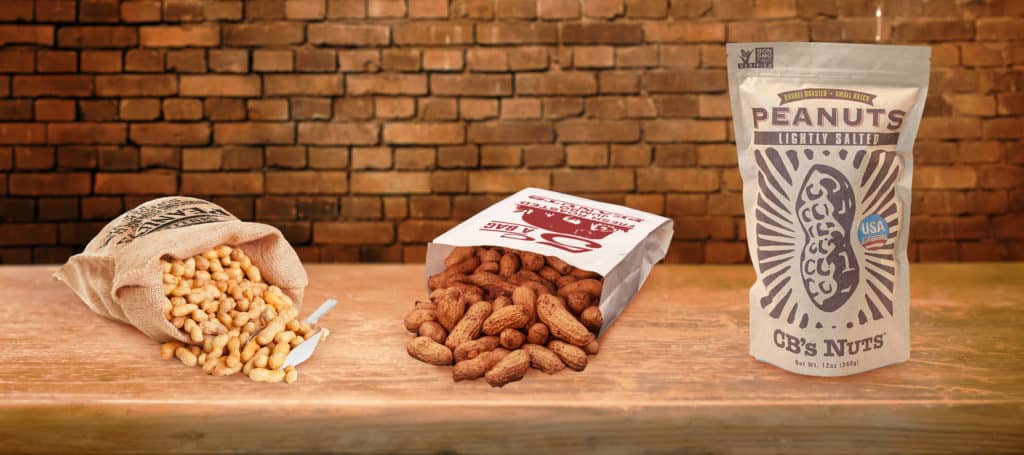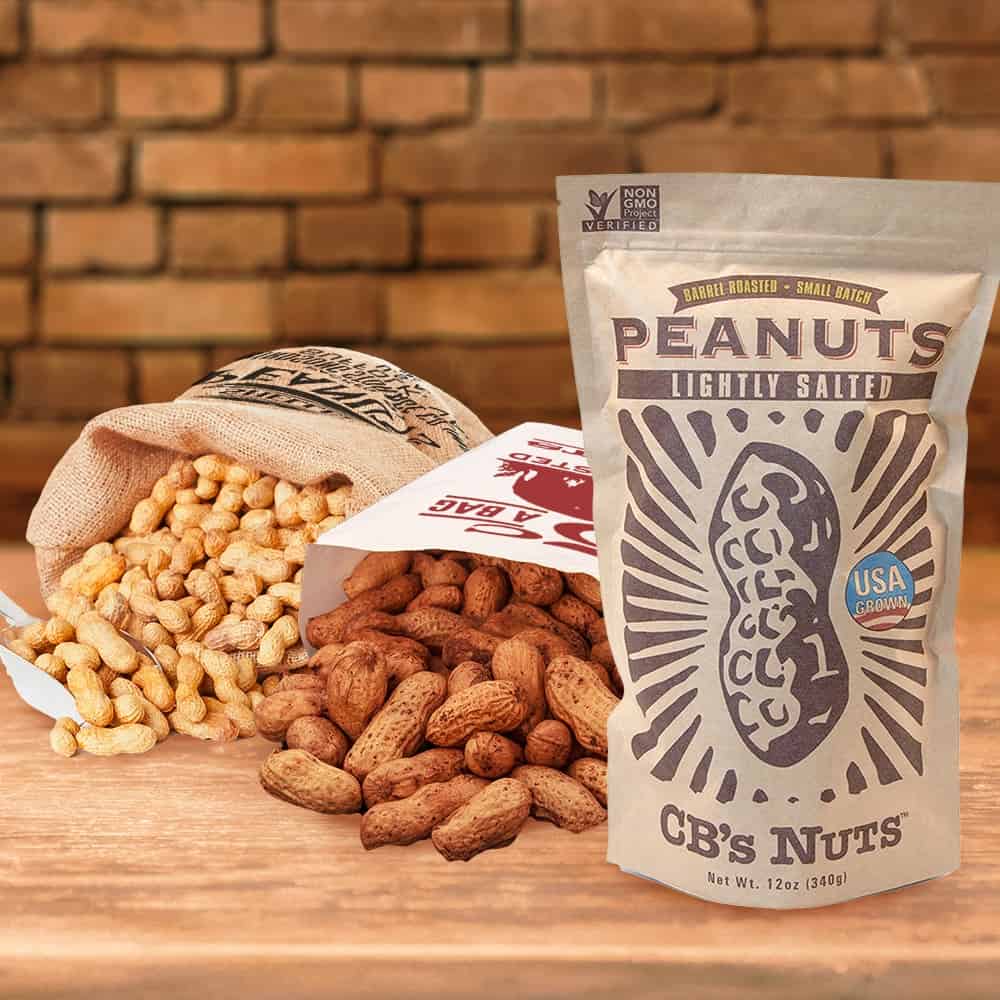Blog
History of Peanuts & Peanut Packaging
Peanuts & peanut packaging. Read time 4 mins
There is one type of nut that has been a staple of many people’s choice of snack and high in protein. They now come in a wide variety of different flavors and used in many culinary dishes all across the world. Peanuts have been a part of American lives for many years. Seen as a staple of snacks, peanuts are now available in different flavors. Peanuts give us have health benefits but too much can swing the scale the other way.
Where did Peanuts come from?

Peanut plants grow in certain types of weather, usually tropical and subtropical environments which lead historians to believe their origins to be in South America. Some historians claim peanut plants were discovered in Brazil, but there is no hard evidence of this. While in the American continent, natives introduced peanuts to the Spanish Explores which then brought them back to Europe. The second migration of explorers and traders introduced peanuts as far as Asia. This initial boost introduced the peanuts to the world and allowed people to incorporate it into their own culinary culture.
Vitamins and Minerals found In Peanuts
| Copper | Phosphorus | Vitamin E | Thiamine |
| Biotin | Folate | Niacin | Manganese |
| Magnesium | L-argininie | Vitamin B6 | Zinc |
Peanut usage
Peanuts are a very popular snack, as the years progressed there have been many fusions of flavors that appeal to customers. Flavors such as honey, butter toffee, jalapeno, and sea salt have been in the market and stocked in store shelves. Besides adding different flavors, the most popular product created is peanut butter. A very interesting fun fact about peanut butter is that it was created for people without any teeth. George Washington Carver, who was the dubbed the “Grand Father of Peanuts” is credited for finding many uses for peanuts and farming methods. All nuts are not created equally, there are four different types of peanuts which are produced in the U.S.
Runner Peanuts: The most commonly grown in the United States. Making up for about 80% of production and the preferred choice to make peanut butter.
Spanish Peanuts are usually rich in flavor, which is due in part to the higher concentration of oil, which makes them ideal for salted peanut snacks and peanut candy.
Valencia Peanuts mainly used for all-natural peanut butter. Typically sweeter in flavor than the rest, and come three or more to a shell.
Virginia Peanuts come in as the largest of the four. Known as the ballpark, this peanut is the choice for many of the gourmet snacks in the U.S.
information courtesy of National Peanut Board
There are many life hacks that we can benefit from. These hacks range from useful ideas to far-reaching nonsense. However, people have been using peanuts to develop dishes. People have used peanuts to develop recipes such as soups, peanut bread, wafers, muffins, and even peanut coffee!
Peanuts in Pop Culture
Peanuts have been around the media for a while, most recently we have had the pleasure of viewing Planters new Superbowl commercial. This commercial was one of the most memorable during the Super Bowl.
Dangers of peanuts:
We all know the dangers when it comes to eating peanuts and how some people have mild to severe allergies. Besides potential deadly allergy reactions in some, peanuts have other hidden dangers. Peanuts are legumes which are in the same family of Fabaceae. They grow underground which allows for the growth of bacteria and other bacterial diseases. Peanuts are affected by certain contaminants such as salmonella. Peanut packaging has become an important staple for preventing peanuts from getting fungus and other diseases that can potentially cause harm to consumers.
Peanut Packaging
Packaging has developed throughout the years. Peanut packaging consisted of selling the goods to consumers in semi-transparent paper bags. Later, new materials replaced old ones and soon began being used for food packaging. Vacuum-sealed tin cans, plastic containers, and flexible stand up bags became commonly seen as packaging options for peanuts. The change in packaging was also directly because peanuts were sold pealed without the hard shell. Pealed peanuts now needed extra protection and a way to preserve them longer. Many businesses need a packaging solution that will preserve the shelf life and taste of their product.
The ideal peanut packaging has to be flexible packaging. The stand-up bag is the best choice for food snacks such as peanuts. The bags have a food-grade laminate that preserves food products longer. The area that stand-up bags offer is really remarkable, this means that your logo and product artwork will be upfront and center. Smaller brands and companies need all the advertising help they can get in order to compete with the larger ones. PBFY has the best quality bags in the industry to package peanuts and other similar snacks.
If you are looking to get more packaging information visit pbfy.com






